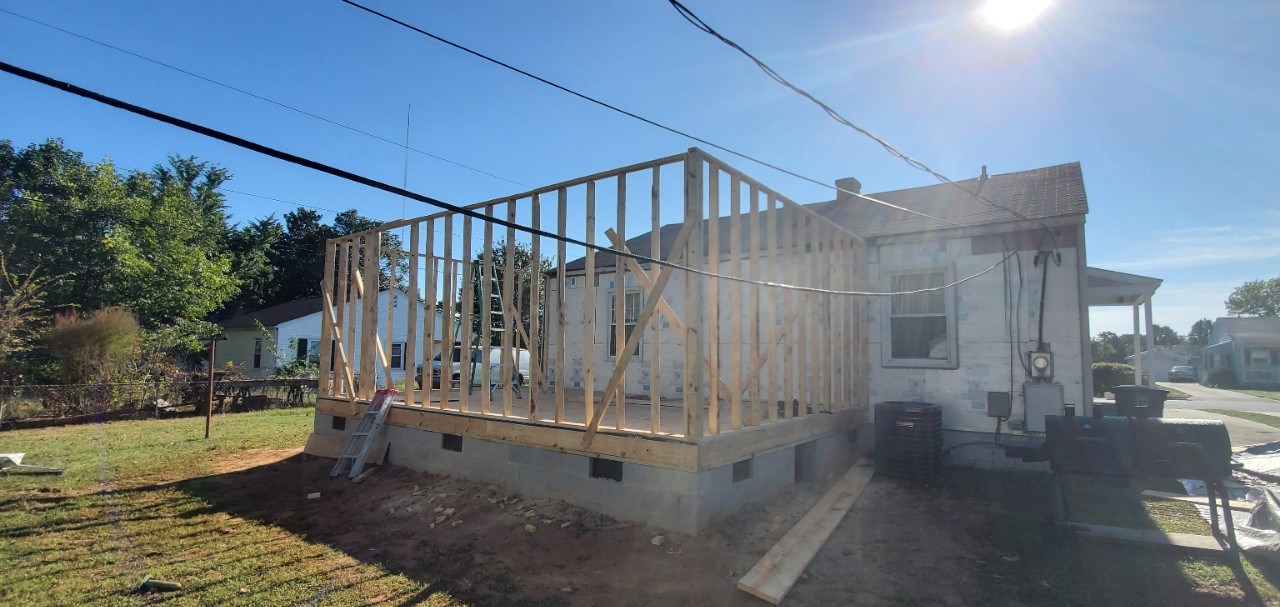Renovations are a great way to give your home an updated look. Kitchen and bathroom remodels are popular among homeowners because these are high-traffic areas of the house. Some people focus on the exterior, as well, such as adding a deck.
However, any remodel can be costly and time-consuming, and sometimes you even end up living in a construction zone for weeks. Here are a few tips to help you have a successful renovation.

1. Plan the Look
You can remodel your home all at once, but this can be costly. The average homeowner can spend about $46,891 on renovations, so start with a room you use the most, such as your kitchen. Once you determine the spot, you can start planning the design. Get inspiration from magazines and the internet and take notes of what features you admire in your friends’ homes.
Determine the styles you like and collect images, then place these in a folder. See if you can find patterns in the pictures to develop your style. This will make it easier to pick out furniture and decor pieces.
2. Prepare to Live in a Construction Zone
Your home will be slightly chaotic when work is being done. You may choose to stay at a hotel. However, if you don’t have that luxury, you want to be prepared. First, consider which rooms may be off-limits. For example, can you still get to your refrigerator? If not, you may need to eat out a few nights a week or go to a friend’s house. You can also buy a mini-fridge to place in the living room or garage.
You can also relocate small appliances and use them to make meals throughout the week. Suppose your bathroom is being remodeled. You may need to find another water source to brush your teeth, such as the kitchen sink. You can also ask your neighbor to use their restroom for larger tasks like showering.
Protect your furniture with tarps, and open up windows and use fans for better ventilation.
3. Determine the Changes That Need to Be Made
Consider what needs to be done. Is it simply cosmetic updates, like repainting or updating appliances, or do you want to change the whole layout, which requires removing walls? Think about your current lifestyle to determine how much change is needed. Creating an open floor plan in your kitchen may be worth it if you enjoy cooking.
Another thing to keep in mind is your schedule. Do you have enough time to commit to a full-scale remodel? It may not be ideal if you’re busy with work or experiencing a significant life event. Also, if you just moved in, you might want to enjoy the space first and not stress about substantial upgrades. Remember, simply adding a piece of art or controlling the lighting can elevate the room.
4. Create a Budget
A budget is essential to keep track of your finances and prevent impulse purchases. Know how much you plan to spend before making design decisions. Also, consider the areas you’re willing to splurge on and which you can hold back. You could repaint cabinets and then spend more on a new tile backsplash. Think about your lifestyle when planning. If you have a larger family, an open layout may be non-negotiable.
Consider talking with a financial planner to get things in order. It’s also a good idea to speak with a real estate agent. Ask them how much a remodeled home sells in your area so you only invest what you can get back.
Another factor to think about is which renovation will increase resale value. For example, replacing your garage door or adding manufactured stone veneer are high-value projects.
5. Find a Reputable Contractor
Hiring a professional can relieve stress. They have the proper tools and experience, and a good one will ensure your project goes smoothly. Be sure to check references and background. Talk with past clients to get firsthand stories and ensure the contractor is reliable and efficient. Contact the Better Business Bureau to check for any registered complaints, and ask trusted friends and colleges for referrals.
When meeting with the builder, ensure they have a business card and proof of license. Ask about the payment schedule and timeline, as well. Be sure to get multiple bids and carefully weigh your options. Try to go with the offer in the middle price range since it’s often the most accurate.
6. Reach Out to Your Insurance Company and Property Appraiser
You might need to contact your insurance company if you’re conducting a large renovation. Some updates, such as new roofing or windows, can impact your rates, as can additions, like a deck. Another thing to consider is many carriers provide discounts for energy-efficient materials. That’s why it’s vital to determine their specific requirements before starting the remodel.
You might also need to get your home reappraised. The updates will likely increase the value of your property.
7. Think Ahead and Stick to the Plan
Some homeowners change their minds midway through the project. For example, they may want a different material for the kitchen backsplash. However, this can add extra time and expenses. That’s why coming up with the design layout beforehand is extremely helpful. Many architects will show you blueprints so that you can make adjustments.
Be sure all the project material arrives on-site before any work starts.
You can be as prepared as possible, but things still happen. Handle these challenges with patience. For example, there may be plumbing or structural issues, or bad weather creates delays and pushes back your original timeline. Therefore, you have to trust the team you hired and know there is a solution to every problem. With that said, also trust your gut and speak up if there’s a concern.
Tips for a Flawless Home Remodel
Remodeling can increase your house’s value, but it takes careful planning and effort. You want to develop a design theme, create a budget and be flexible to changes. Then, follow these tips for a smooth home renovation.


